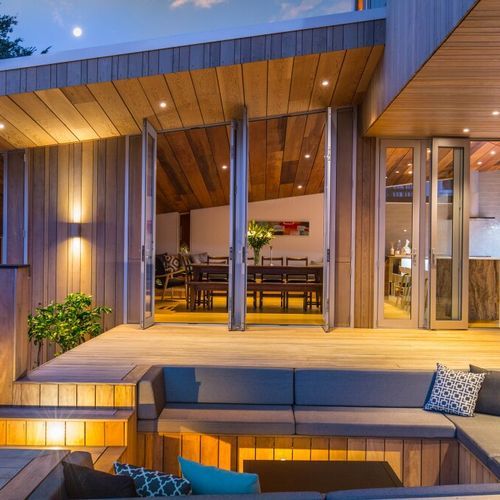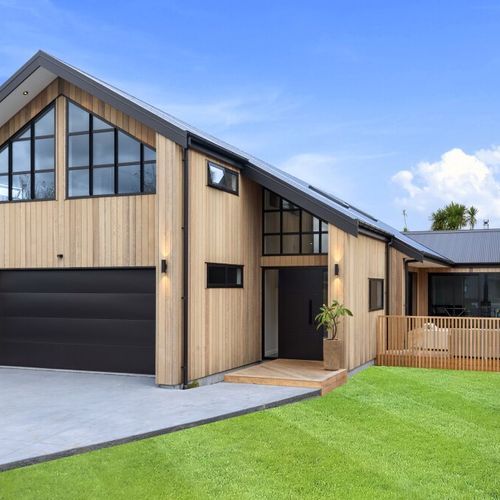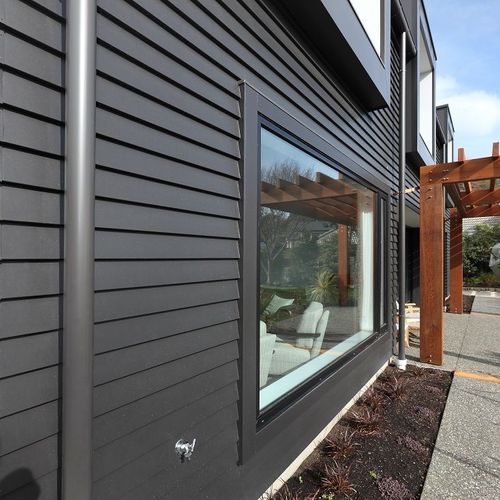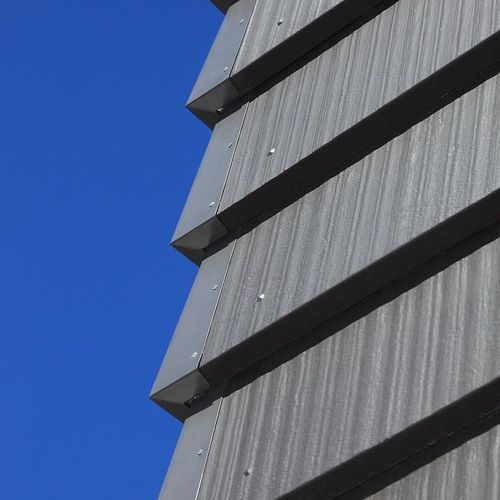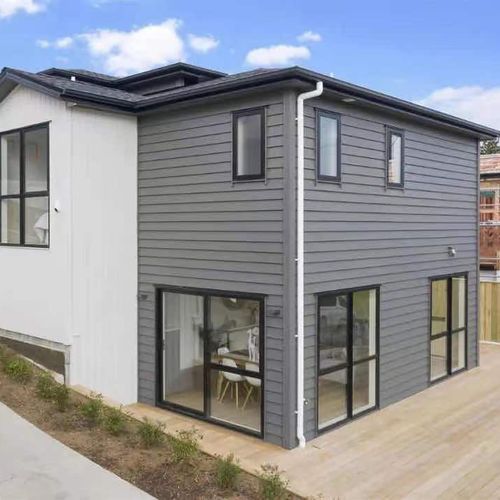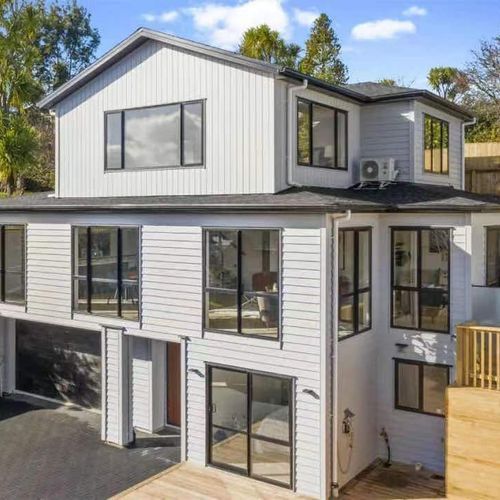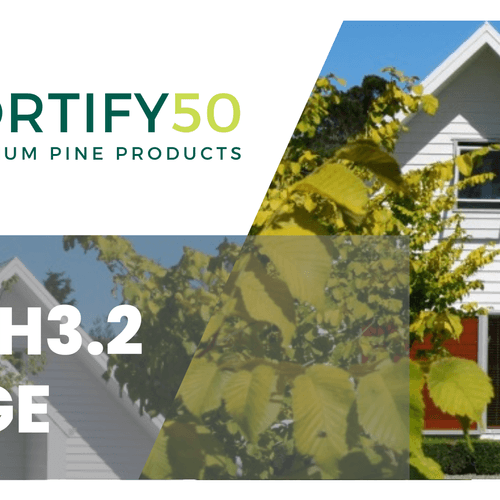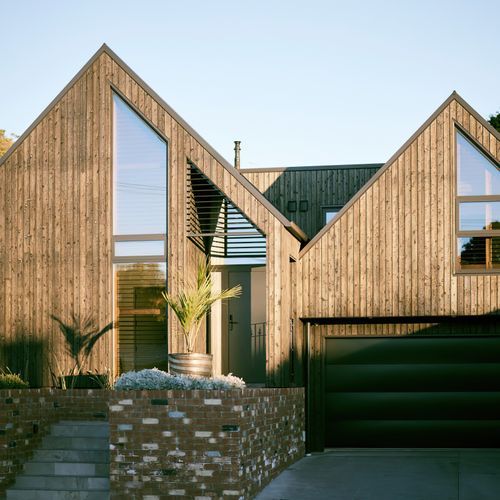Bevel Back Weatherboards
- Bevel back weatherboards are a very New Zealand-ish way of dressing a home. Traditionally made of wood, they are now available in several modern versions and materials. Most of them feature excellent properties, while some even require low to no maintenance. At ArchiPro, we offer a selection of traditional and modern boards for taste and design style.Why ArchiPro?
No more endless searching -
Everything you need, all in one place.Real projects, real experts -
Work with vetted architects, designers, and suppliers.Designed for New Zealand -
Projects, products, and professionals that meet local standards.From inspiration to reality -
Find your style and connect with the experts behind it.Start your Project
Start you project with a free account to unlock features designed to help you simplify your building project.
Learn MoreBecome a Pro
Showcase your business on ArchiPro and join industry leading brands showcasing their products and expertise.
Learn More

